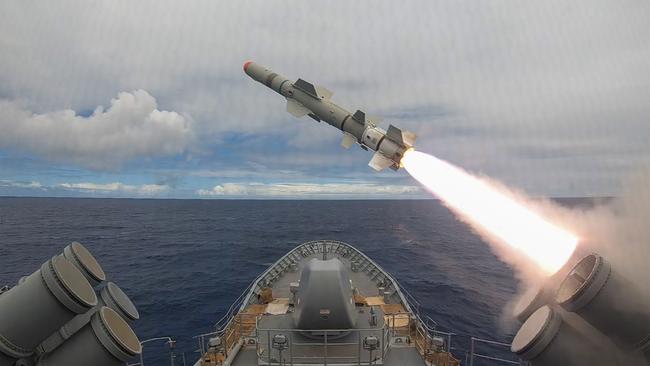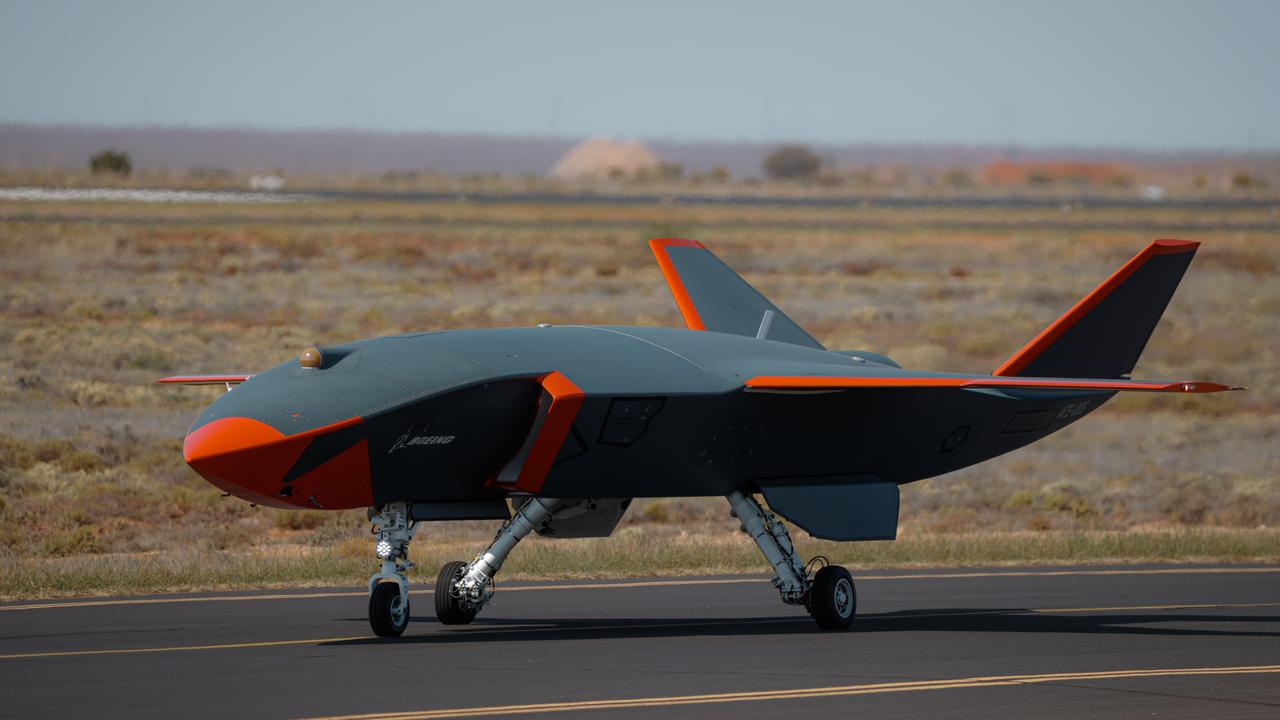Pros and cons of weapon stockpiles
The ability to manufacture weapons here could mean that Australia will have a “secure pipeline of critical munitions as needed”.

When the government announced back in March 2021 that it was investing $1bn in a new missile production facility for Australia, it put sovereignty at the heart of its reasoning.
Guided weapons are now the mainstay of modern militaries, and the ability to manufacture the weapons here, we were told, would mean that in the future we’ll have a “secure pipeline of critical munitions as needed”.
As a bonus, spin-offs will include local jobs and training in high-tech industry. There will certainly be benefits to be had from this initiative, but the reality is likely to fall short of the self-reliant supply chain alluded to in the announcement, as least for the foreseeable future.
Before we look at the pros and cons of local missile production, it’s instructive to look at previous government defence-industry initiatives, and what they have and haven’t delivered. By far the most ambitious (and expensive) program has been Australian warship construction.
There have been considerable schedule problems and some cost overruns along the way, but the majority of the Navy’s fleet now consists of locally built warships and submarines. And between ships and submarines, over $100bn has been committed for future warship construction in shipyards in Adelaide and Western Australia. But if we look within the hulls of those vessels, we find that many of the systems that make them viable fighting machines originate offshore.

Take the Hobart-class Air Warfare Destroyers for example. The three hulls were built locally, but their radars, weapons, combat system and many other key elements were all sourced from international suppliers.
One of the arguments for local construction is that it gives us the ability to do repairs in times of conflict. But if one of those vessels was to suffer substantial damage, we’d still have to rely on external suppliers for many of the key parts. So the sovereignty we’ve gained for our large investment is relatively small.
The Navy will continue to rely on international supply chains for its war fighting capability for many years to come. The same is true for the other service. We’ll construct many of the army’s vehicles here, but they will depend heavily on imported systems. And we haven’t even tried to have a self-reliant aviation industry for many decades now (which hasn’t stopped us from developing a highly sophisticated and very capable air force).
The same broad observations are likely to be true for missiles, even after our own production facilities come on line. Unless we decide to develop an end-to-end production process, from ores to high-grade materials and then to sophisticated micro-circuits and sensors, we’ll still require a supply of those vital elements from international suppliers to build into locally-produced missiles.
But there will also be some advantages.
We buy a lot of missiles from overseas – ASPI estimates that we might spend as much as $100bn on guided weapons over the next two decades – and even brand-new missiles left in their boxes have limited shelf-lives. The propellant and batteries degrade over time, and the lifetime can further shorten dramatically if the missiles are deployed on ships or under the wings of aircraft.
It’s not a case of “buy once and keep them until you need them”, so there are potentially large downside costs of stockpiles of weapons acquired in case a major conflict breaks out.
Even smaller conflicts can quickly erode small caches of weapons, as some NATO countries discovered when they joined in operations against Libya last decade.
Having the ability to build weapons closer to the time of needing them would help reduce that risk. Instead of stockpiling complete weapons and having to manage the inventory as they age, we could potentially keep reserves of critical components instead and build weapons as required. If we wanted that sort of (qualified) self-reliance, we’d need to be able to produce the perishable elements ourselves.
The downside to that is that we’d necessarily duplicate existing production capabilities of the current suppliers, which would add to the fixed costs of production.
The upside – which the government has pointed out – is that there would then be more resilience across our network of allies and partners.
The government hopes that we will become an exporter of systems to our defence partners. That’s possible, though we’ll have to keep costs down to do so.
Local production could also provide opportunities for Australian innovation. Going back to the shipbuilding example, the Navy’s existing Anzac-class frigates are now fitted with an Australian-designed and built radar system. A larger and more capable version will be fitted to the future Hunter-class frigates. It would have been much harder to do that, especially while maintaining control of the intellectual property, if the vessels had been built elsewhere. Local missile production could offer similar opportunities for local industry.
On balance, it’s hard to judge the soundness of investment in indigenous missile production capability. We will almost certainly pay more per missile for local systems than we would from already established suppliers.
But if we carefully manage the critical bottlenecks in components, there will be potential savings in inventories, as well as the strategic pay-off of adding depth to our global defence partnerships.
-
Andrew Davies is a Senior Fellow at ASPI and lectures in strategic and defence studies at the Australian National University.


